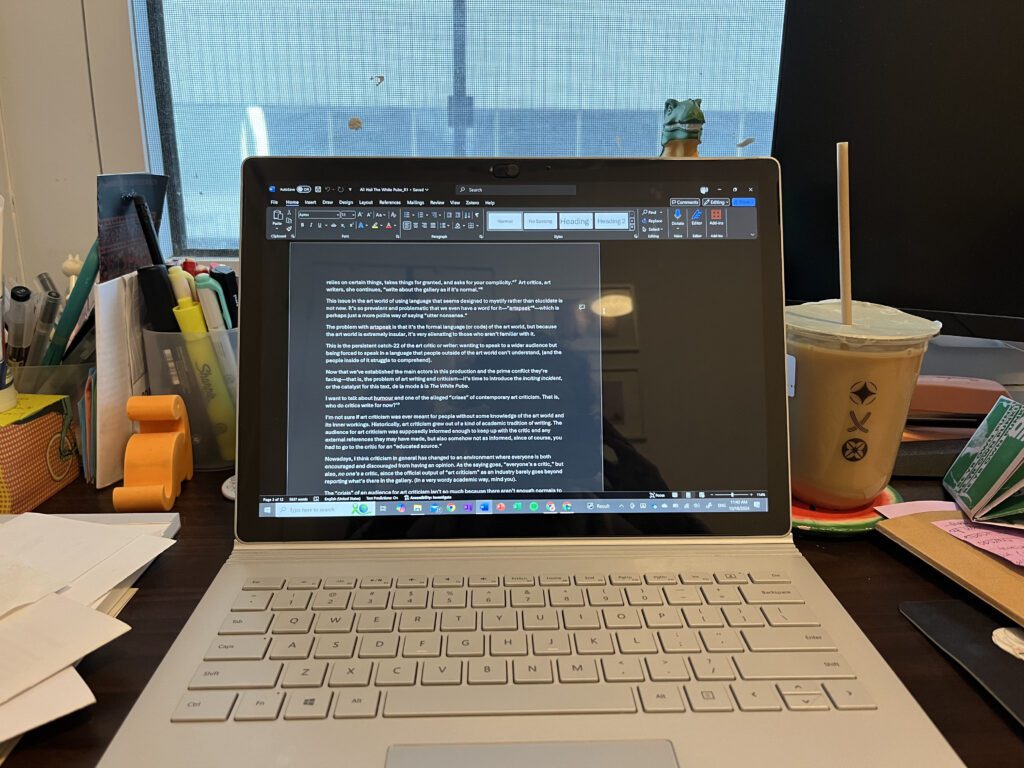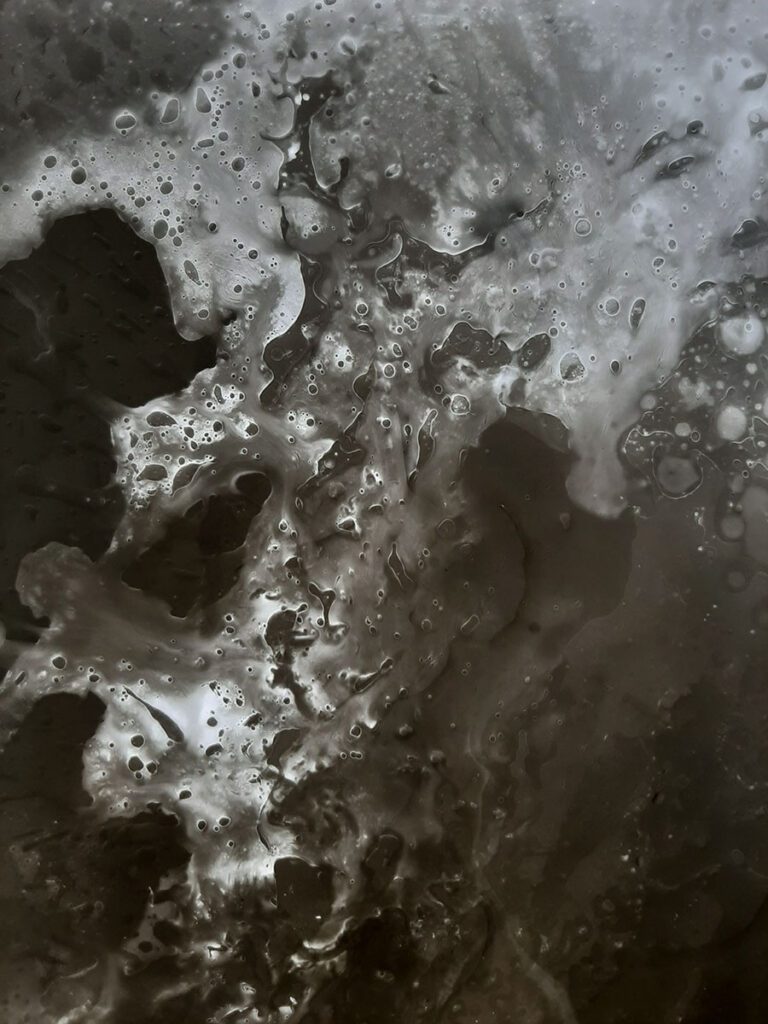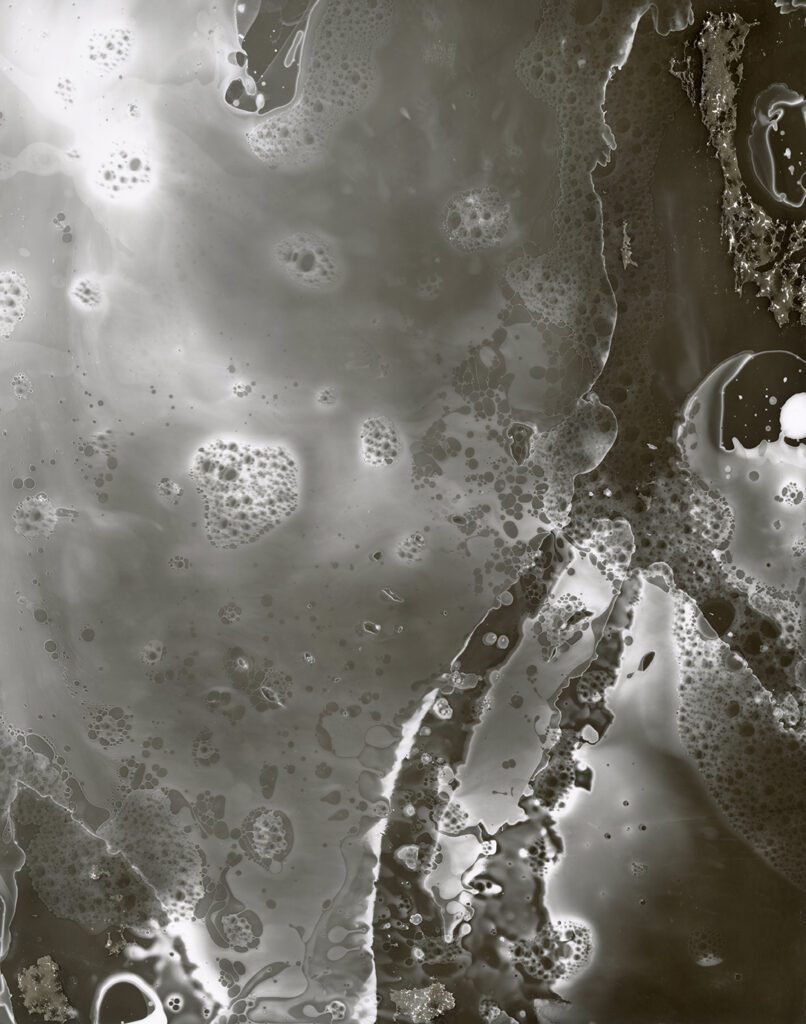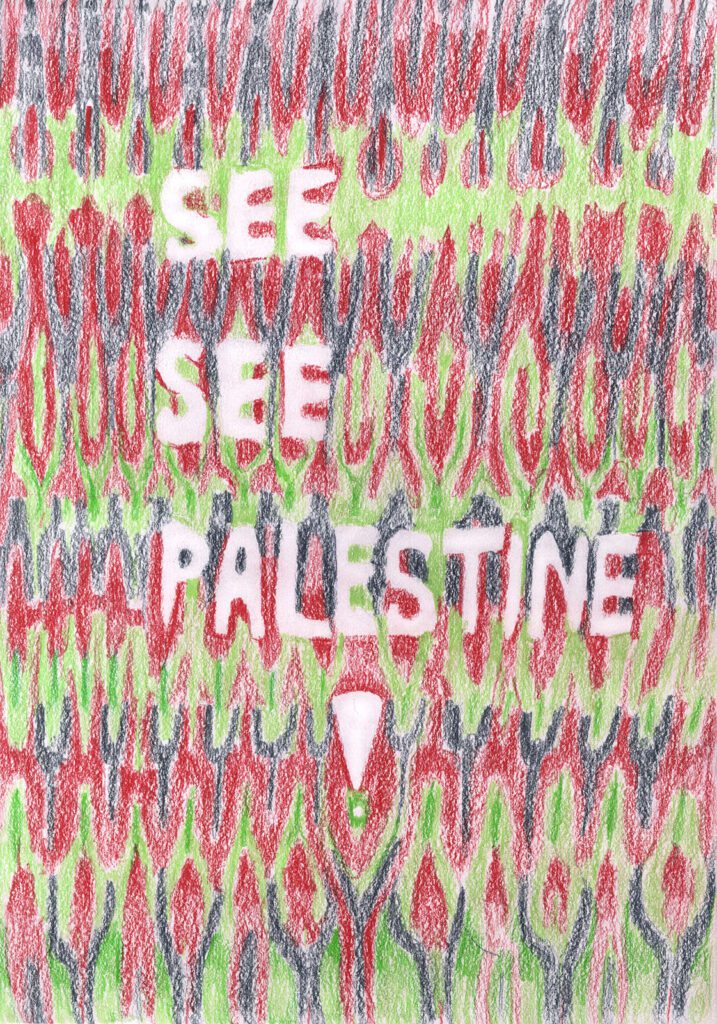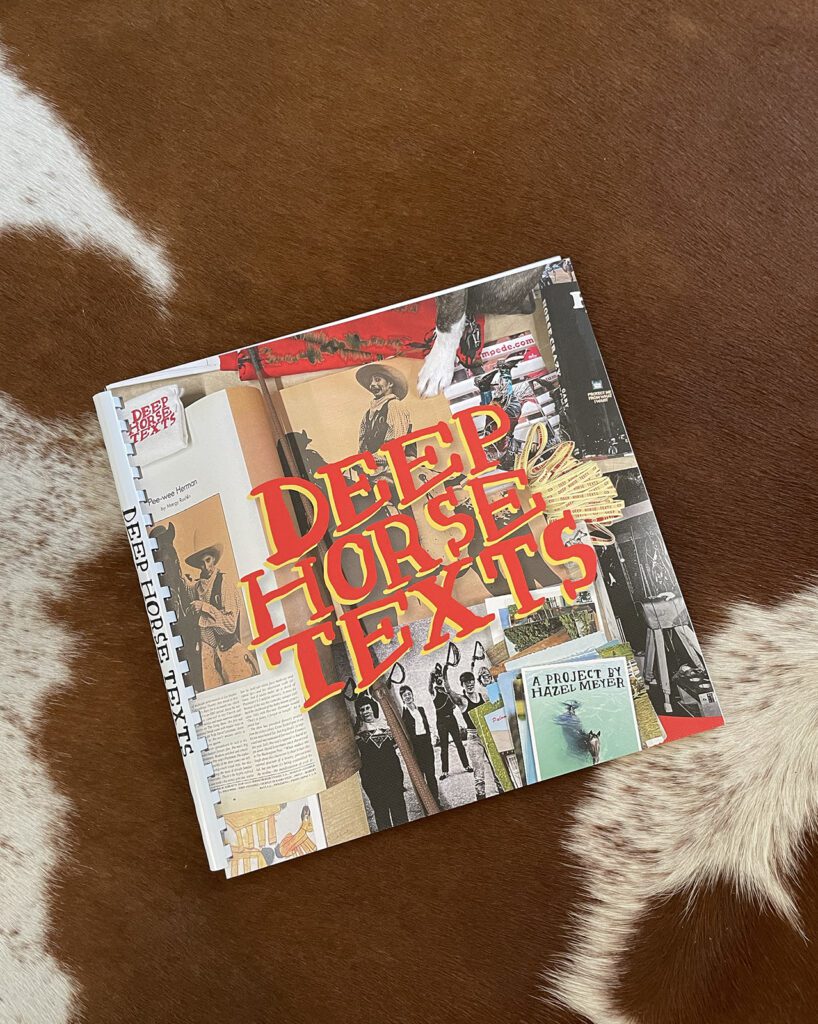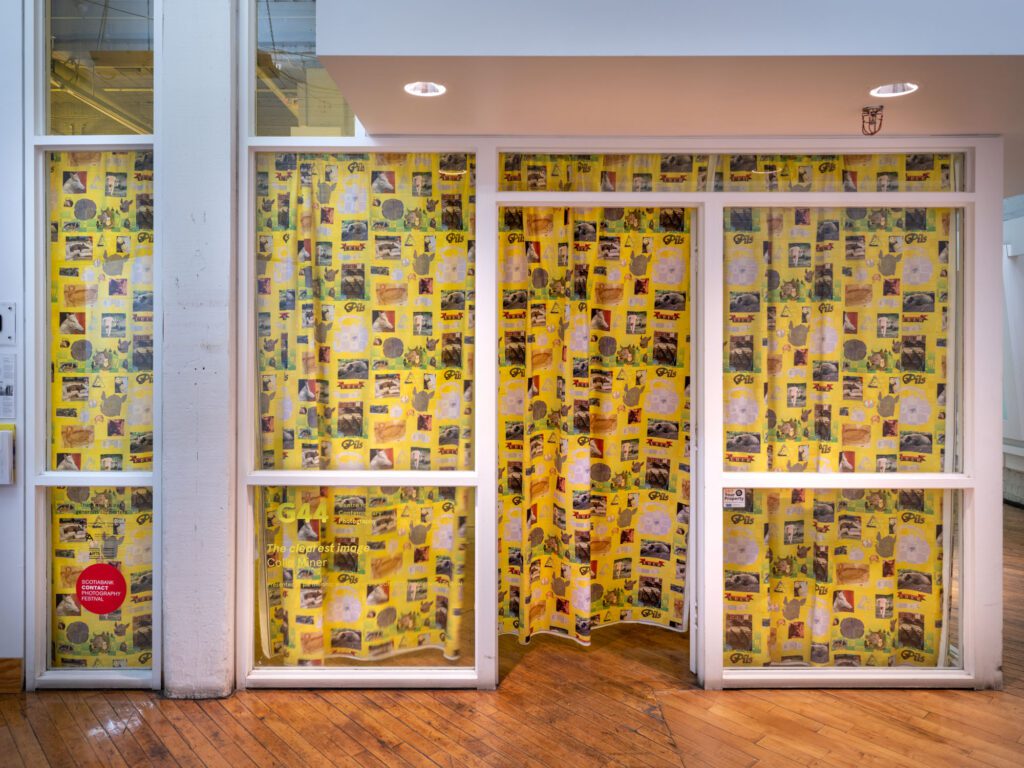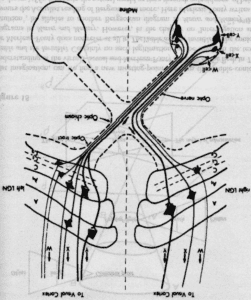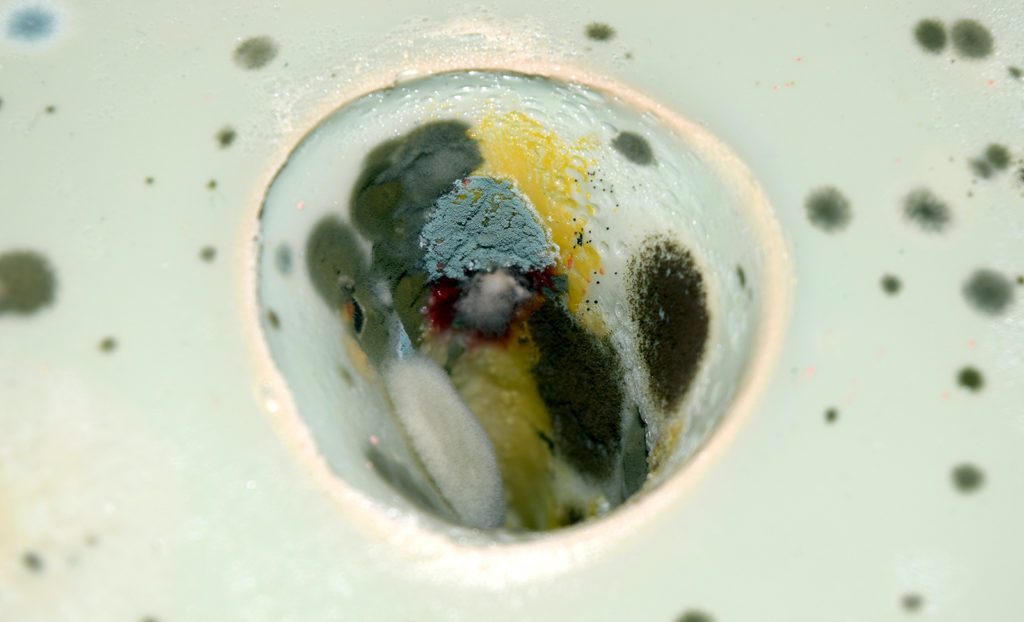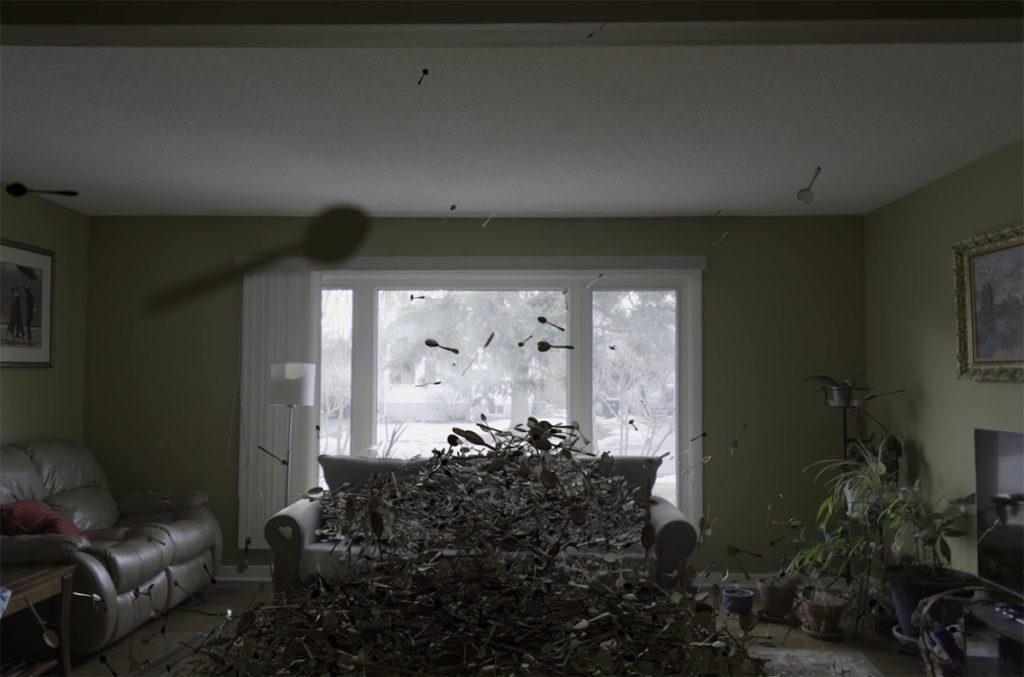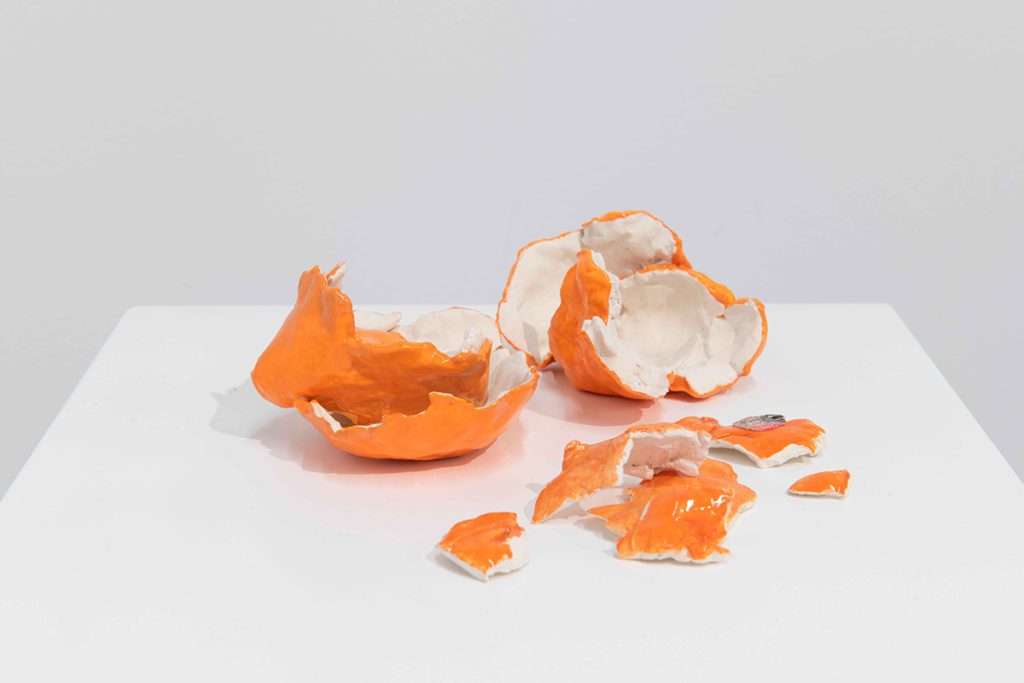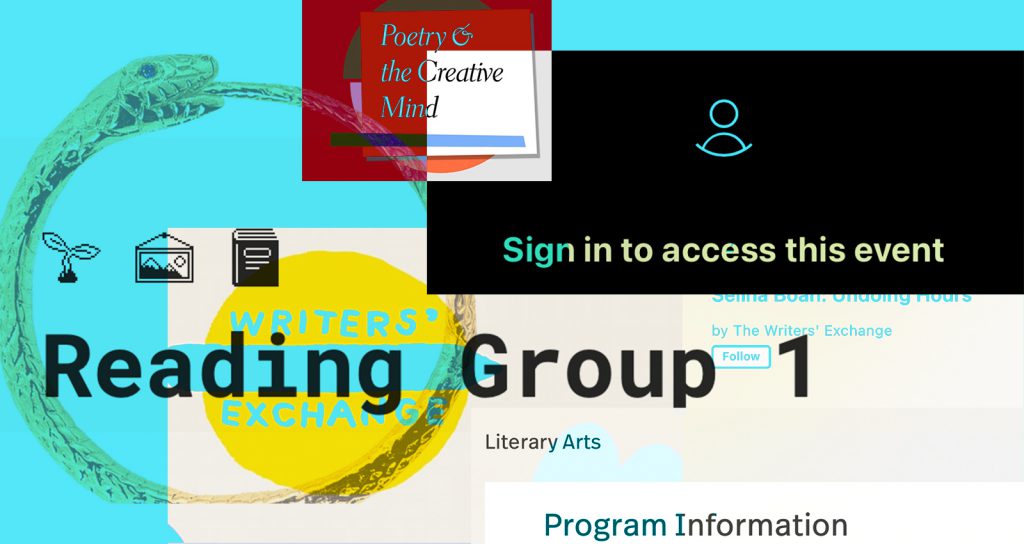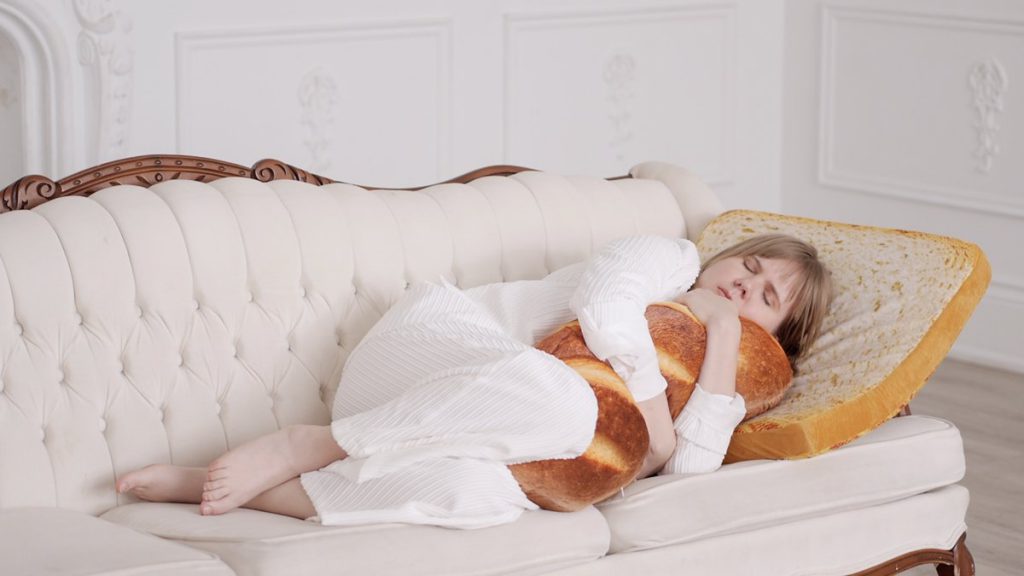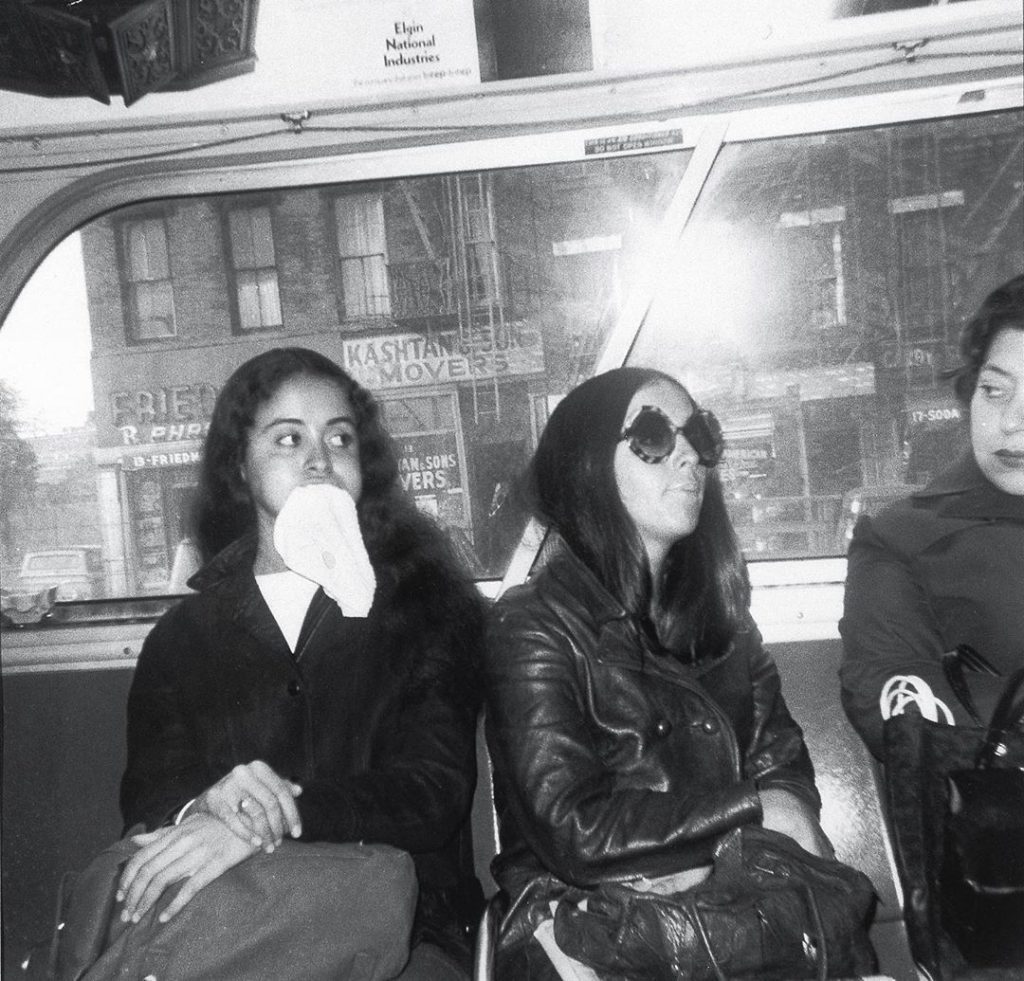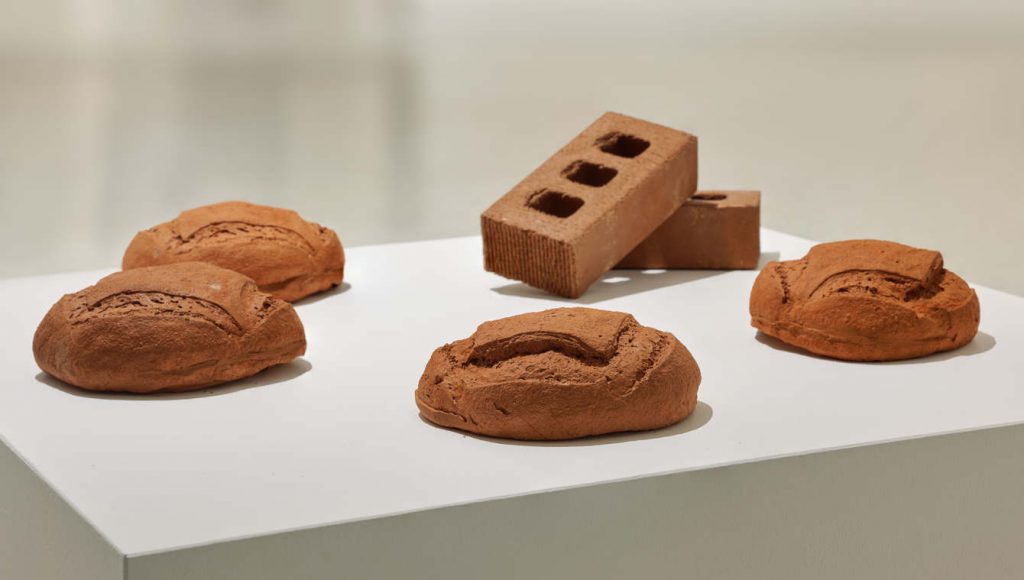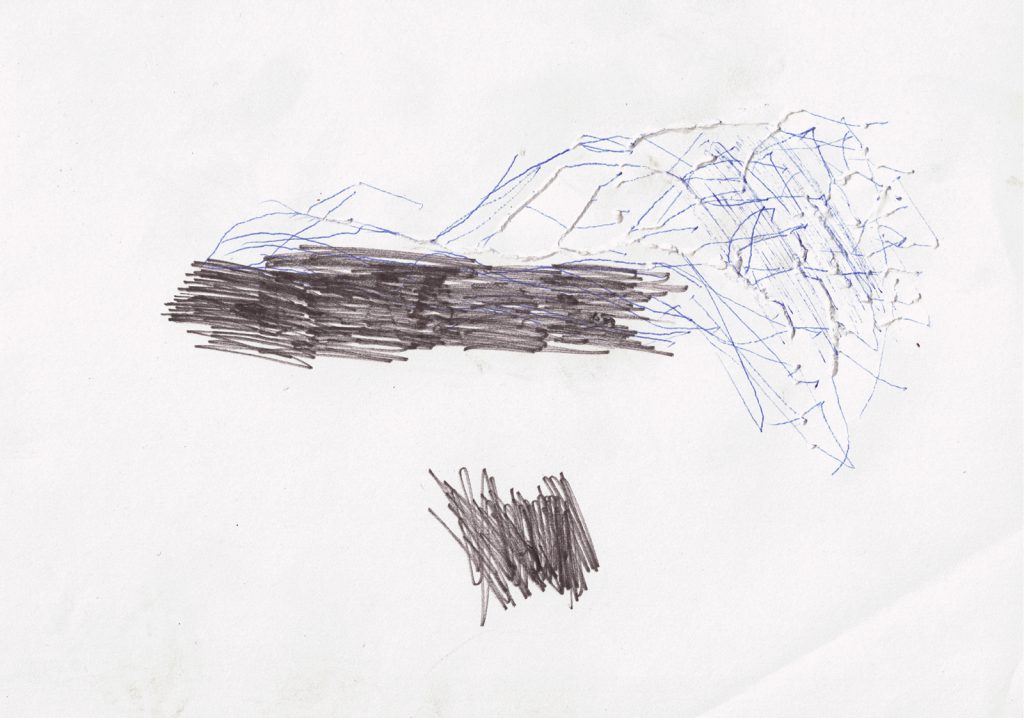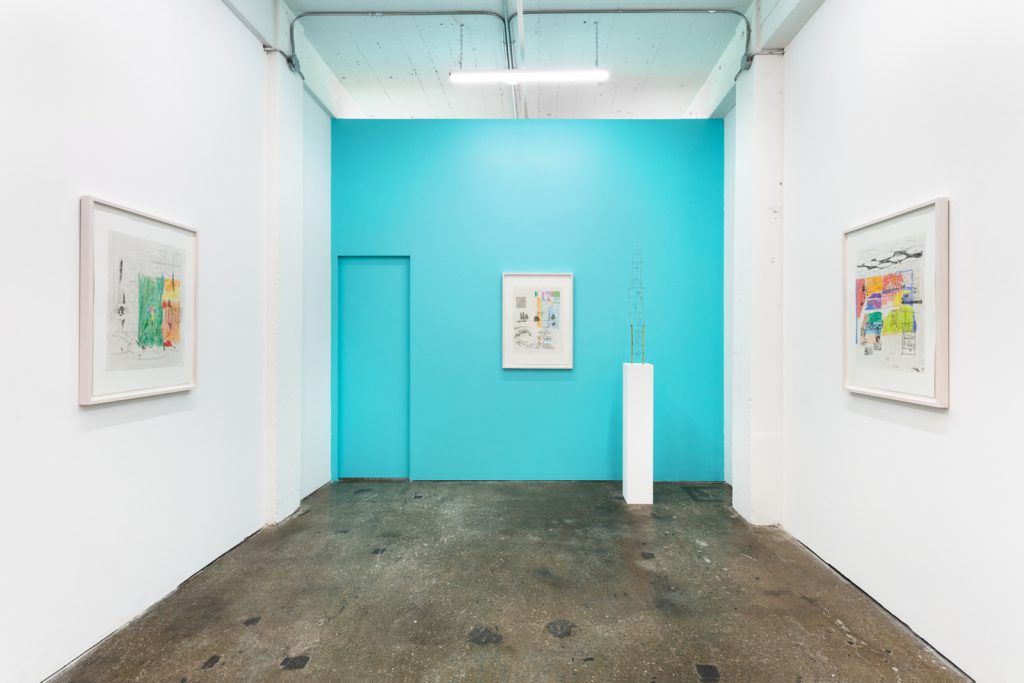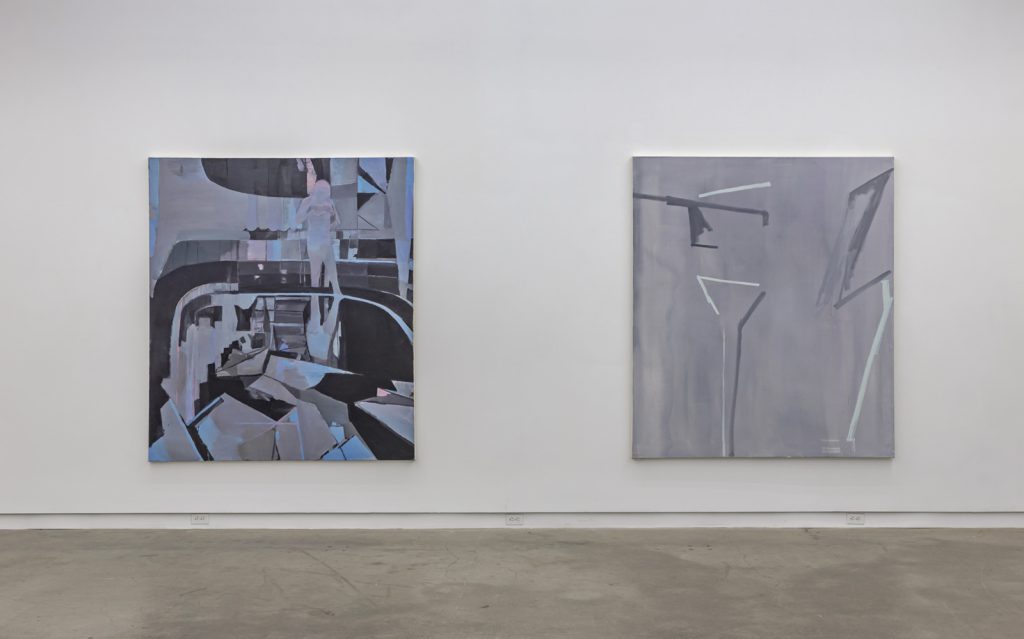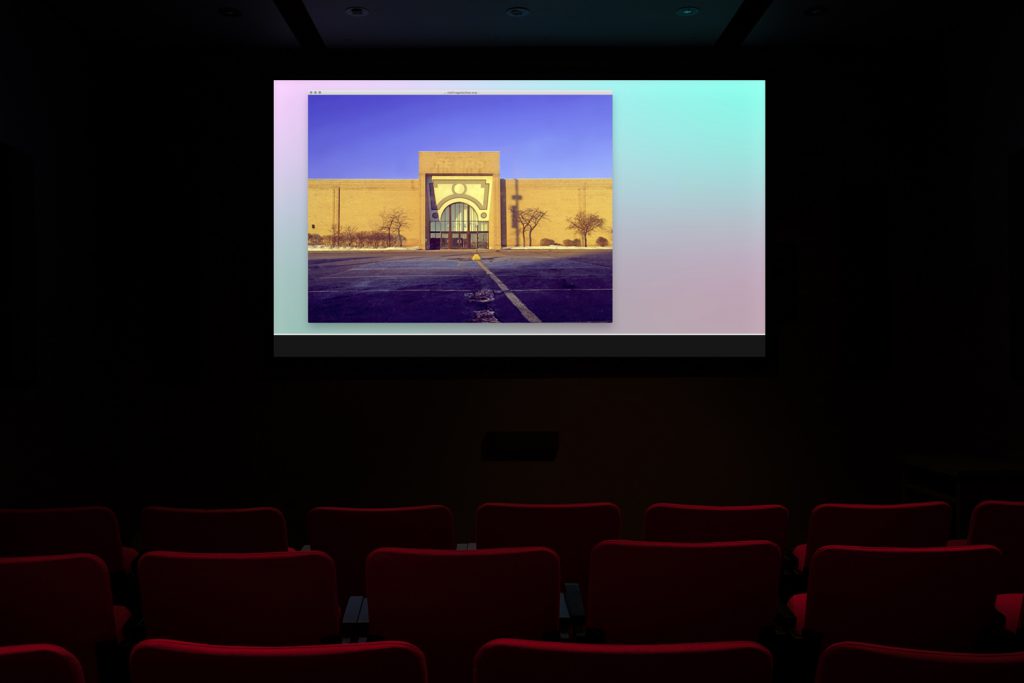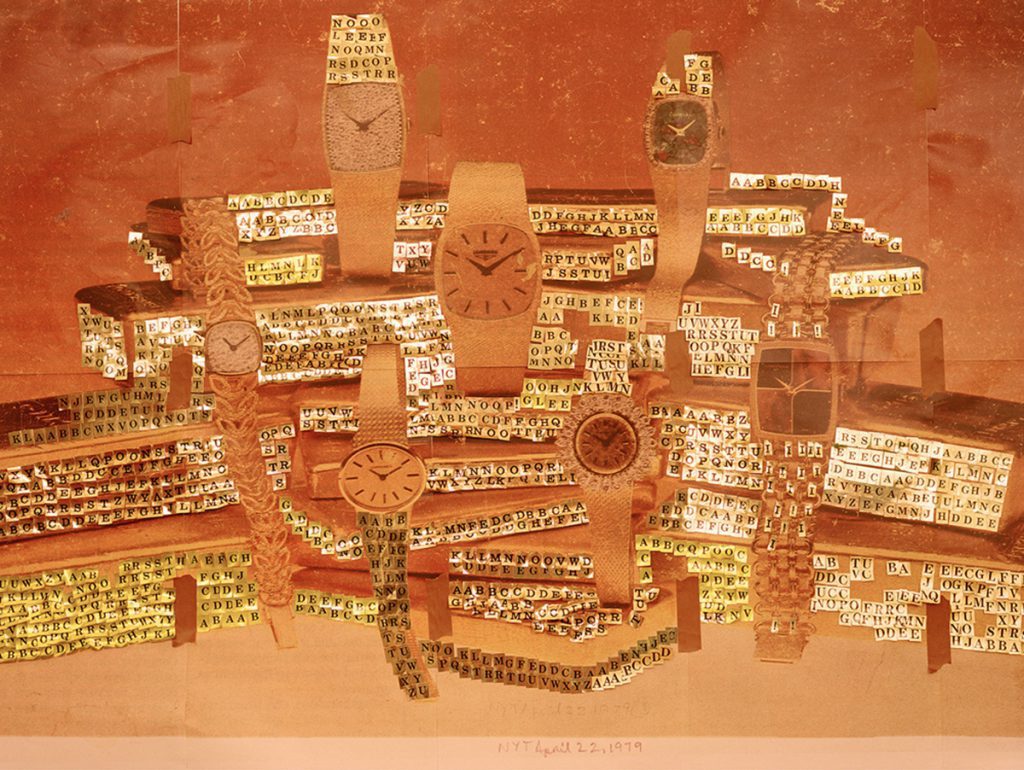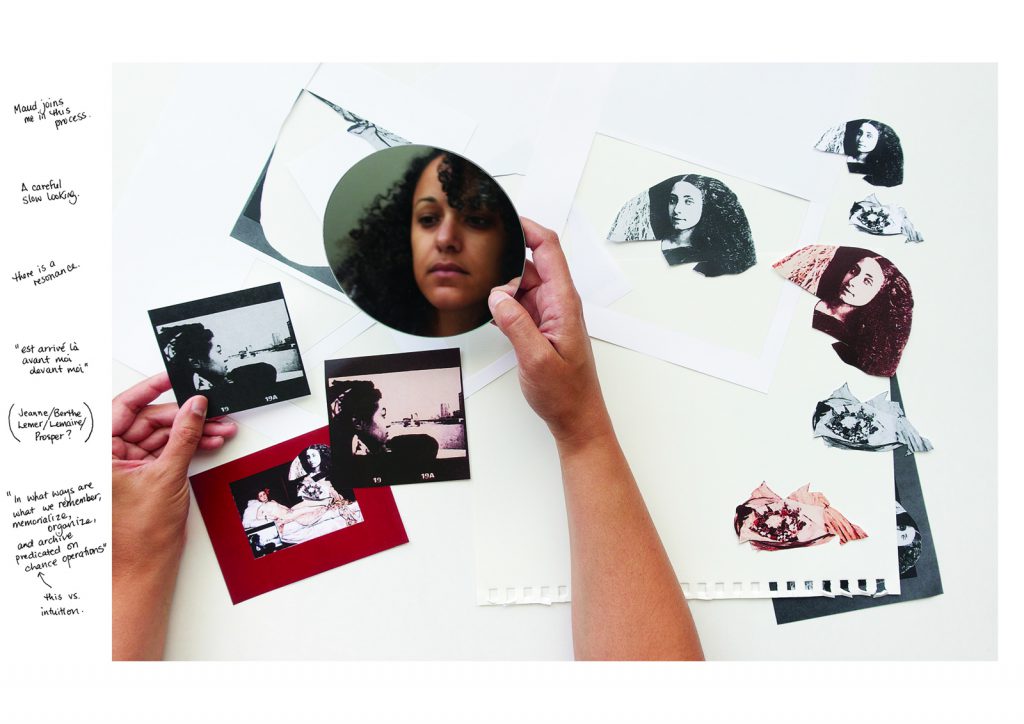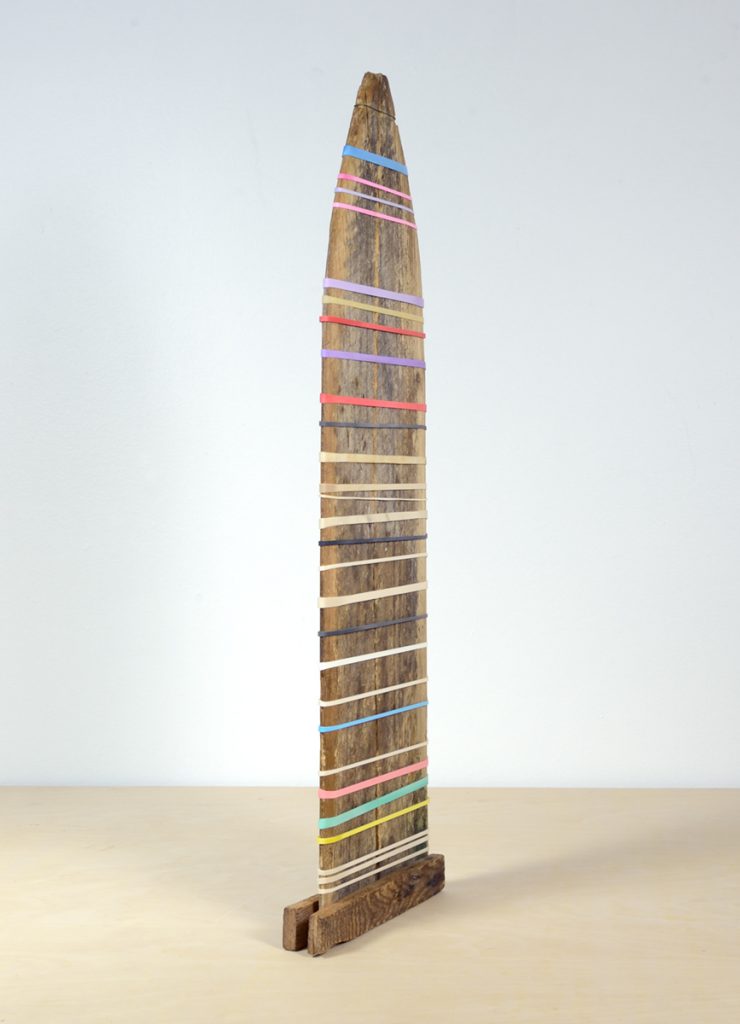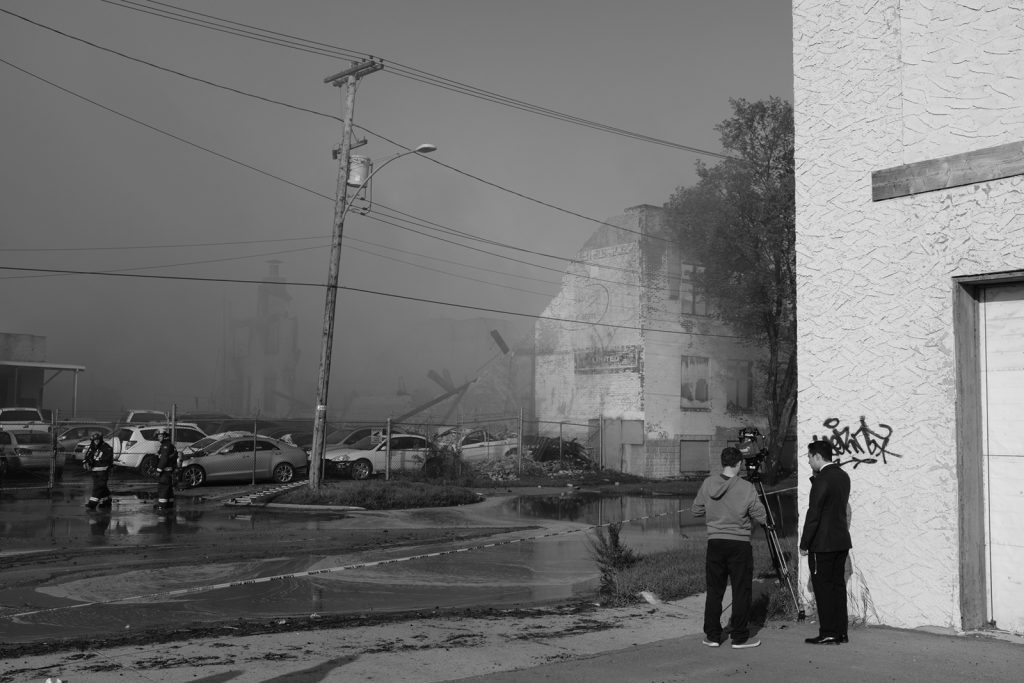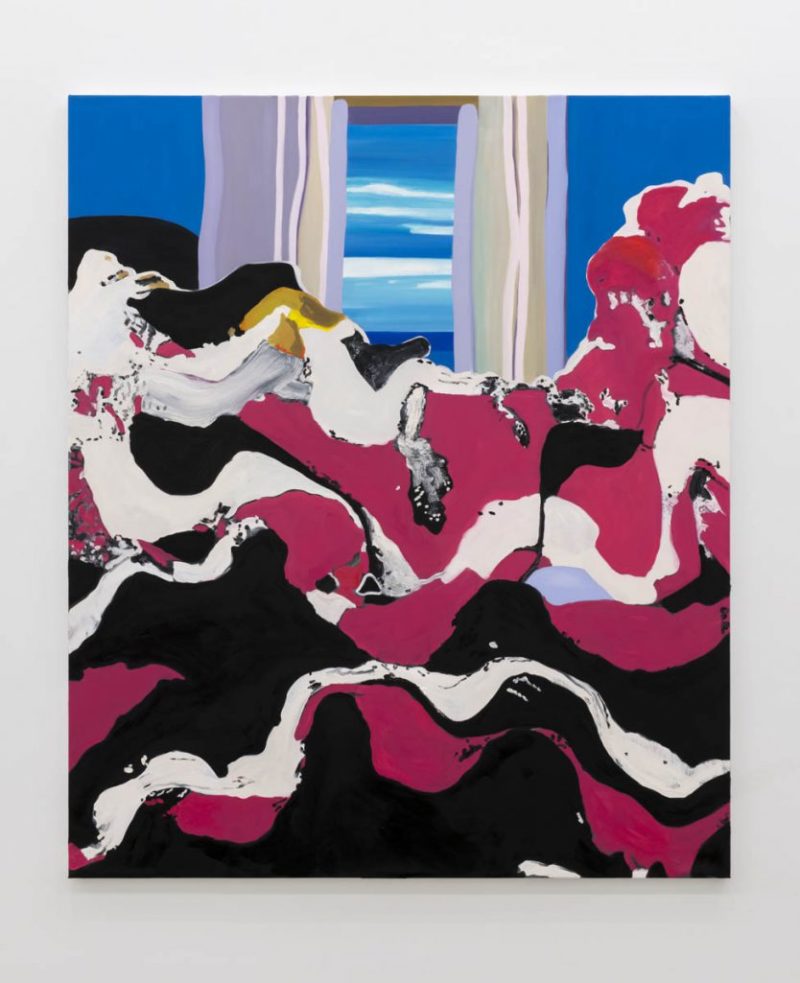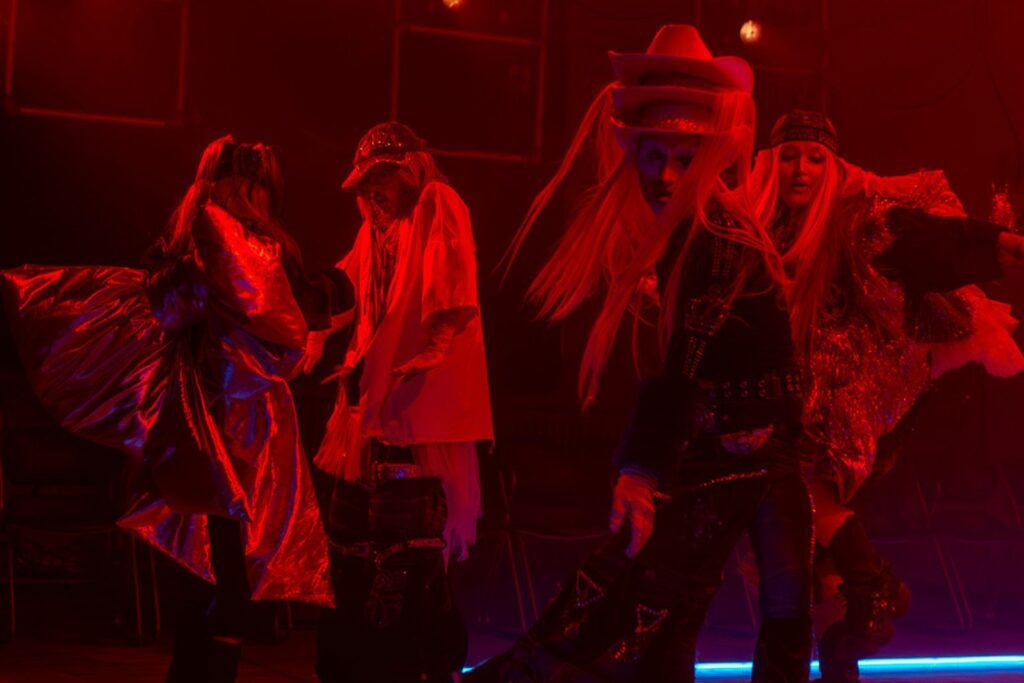
Attunement’s Discourse in Crisis & Connection
21 February 2025By Mic Jones
An experiment in reading experimental choreography & theory on crisis through an experimental book on love.
Prologue
For their winter 2024 program, The Blackwood Gallery and Toronto Dance Theatre curated a paired program of choreographic works—Weathering by Faye Discoll and Fran Chudnoff’s FACE RIDER—alongside a suite of transdisciplinary panels, The Attunement Sessions. From Discoll’s choreography distorting the scale and rate of climate collapse to Jack Halberstam’s talk on Unworlding as a creative and social practice of generative refusal, this trans-disciplinary program unfolds in the ruins of certainty and individualism, our precarious present tense. These intellectual experiments and experimental performances call for a heightened awareness of our interdependencies and impact(s)—relationally, historically, culturally, environmentally. A heightened awareness starting with an attuned sensory system. Western capitalism works hard to dull our senses because vulnerable points—be it nerve endings or marginal identities—are also powerful places. Love evokes all our senses and changes us radically.
Continue Reading